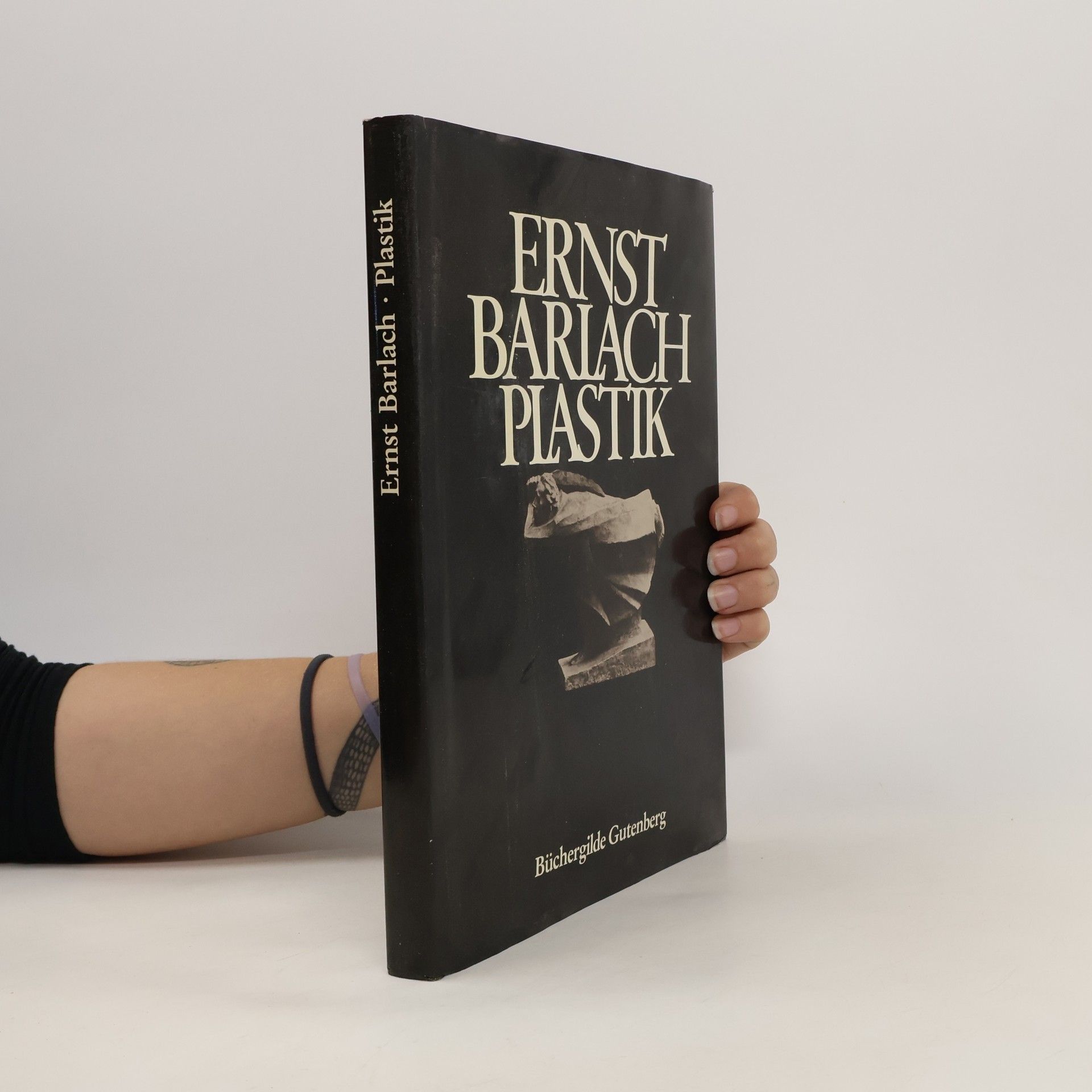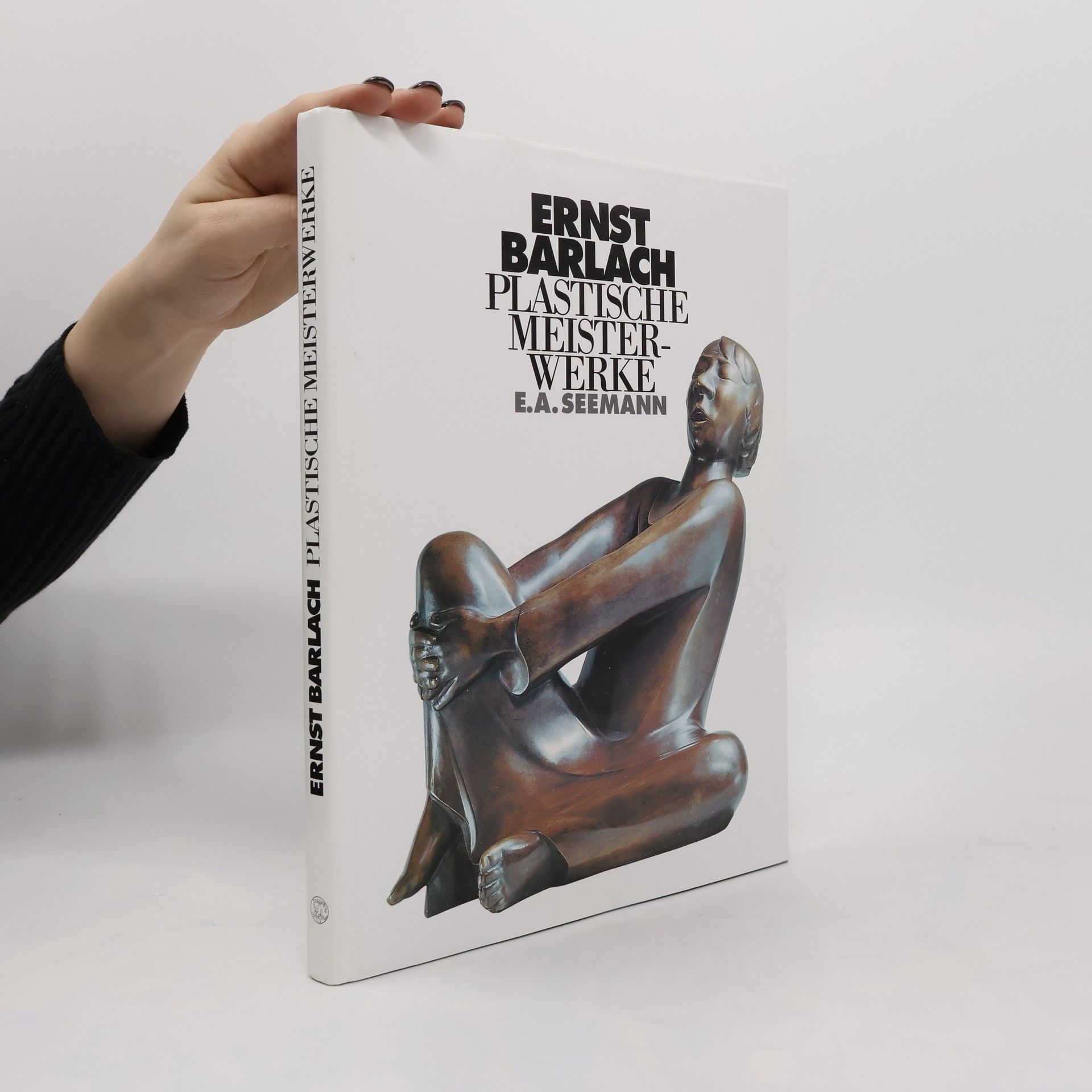Beyond the borders of existence
- 71pagine
- 3 ore di lettura
Käthe Kollwitz (1867–1945) is one of the greatest female artists of the last century. Her bleak depictions of war victims and the living conditions of the poor have attained iconic status int the history of art. Her prints are being shown together with works by sculptor and printmaker Ernst Barlach (1870–1938), the first time these two great artists have been combined in a Scandinavian exhibition. Alongside Edvard Munch he was one of Kollwitz’s greatest sources of inspiration. Both artists were among the most prominent exponents of expressionism in Germany, and both would live to see their work declared “degenerate” by the Nazi regime and their ehibitions closed. Käthe Kollwitz’s works are suffused with earthy social indignation. She was married to a doctor who treated the Berlin poor, and through his work she gained first hand experience of the destitution she depicts with such emotional power. Ernst Barlach, on the other hand, turned to a simpler and unpretentious peasant population to express his ideals, still resistant to the cold efficiency of the industrial society. Inspired by the art and mysticism of medieval Scandinavia he depicted a state in which body and soul were still in equilibrium with nature. 0Exhibition: Museet for Religiøs Kunst, Lemvig, Denmark (16.06-15.09.2013), Haugar Vestvold Kunstmuseum, Tønsberg, Norway (05.10-08.12.2013), Øregaard Museum Hellerup, Denmark (20.02-15.06.2014).






